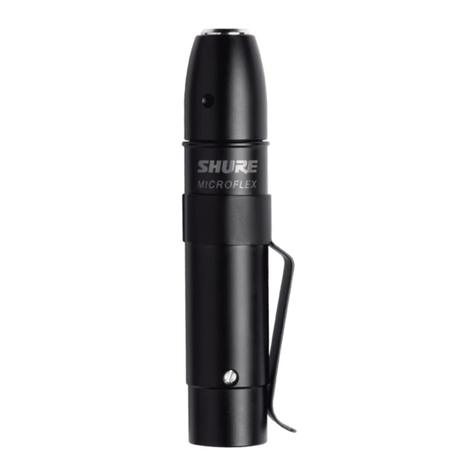Shure UA834 User manual
Other Shure Amplifier manuals
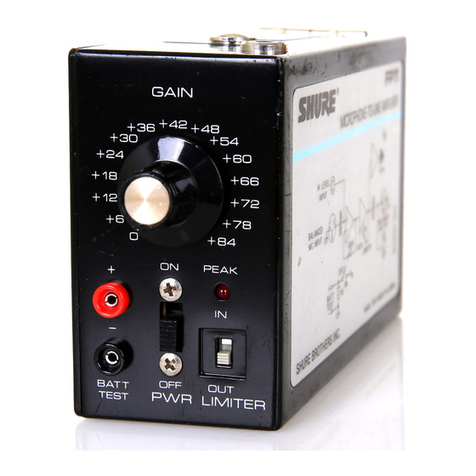
Shure
Shure FP11 User manual
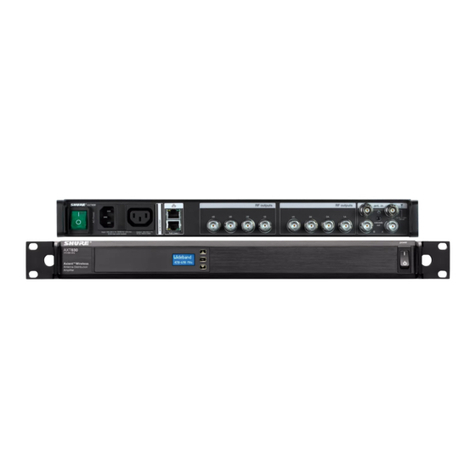
Shure
Shure AXIENT AXT630 User manual

Shure
Shure M64A User manual

Shure
Shure M267 User manual

Shure
Shure SR109 Operation manual
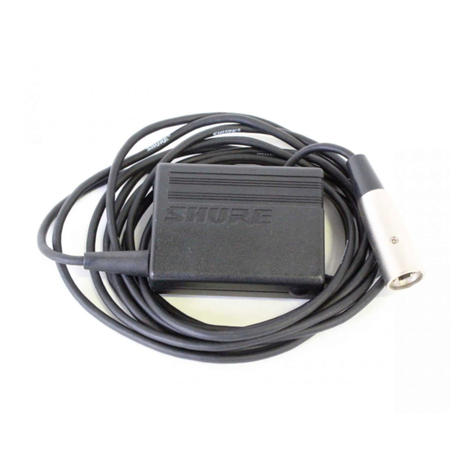
Shure
Shure MX1BP User manual
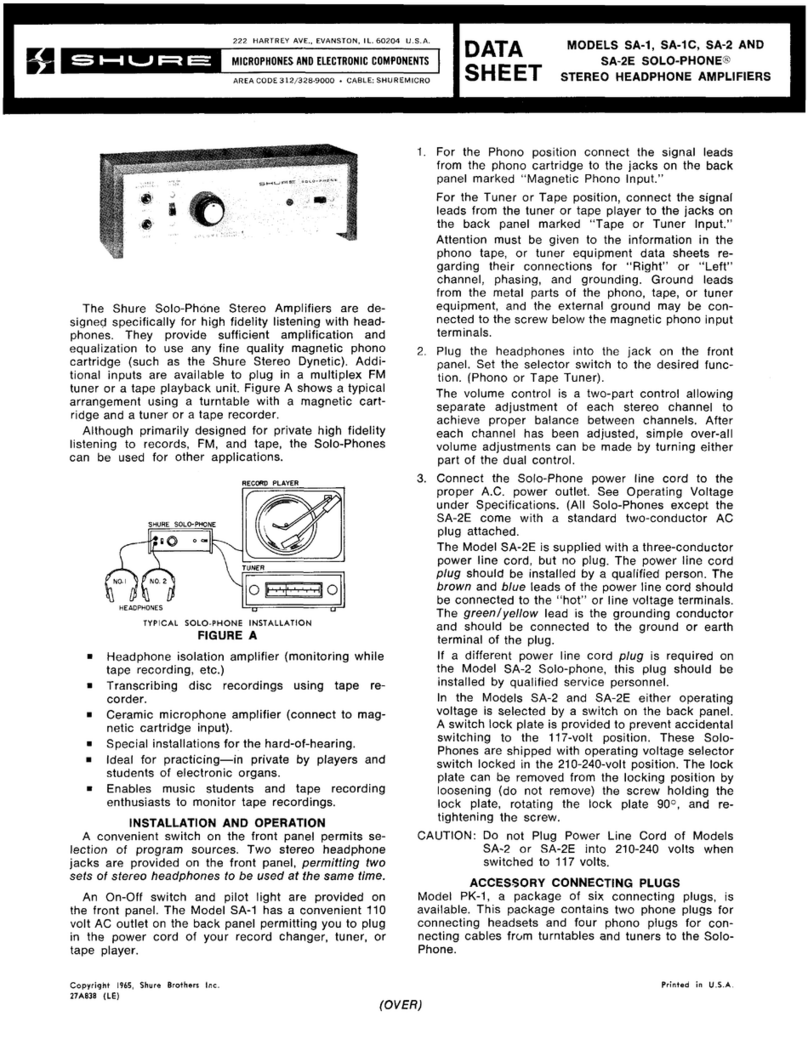
Shure
Shure SOLO-PHONE SA-1 User manual

Shure
Shure MX1BP User manual
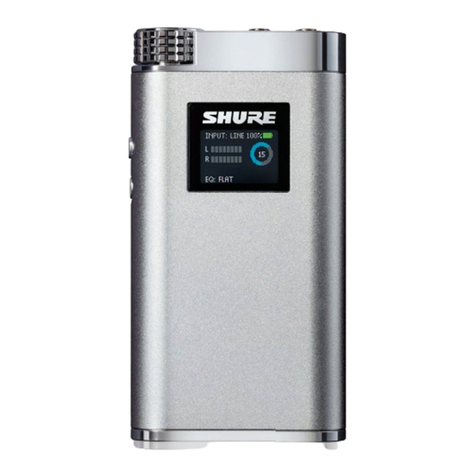
Shure
Shure SHA900 User manual

Shure
Shure SR10 Operation manual

Shure
Shure PM300 SERIES Service manual
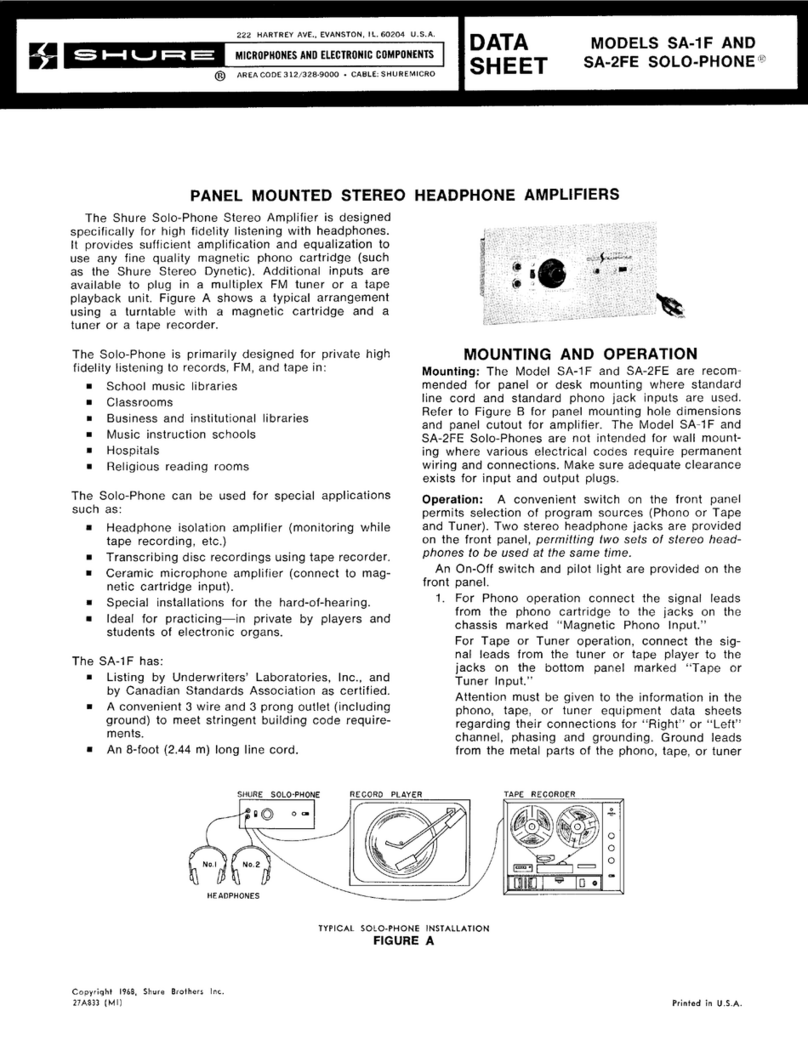
Shure
Shure Solo-Phone SA-1F User manual

Shure
Shure ILP-1 User manual
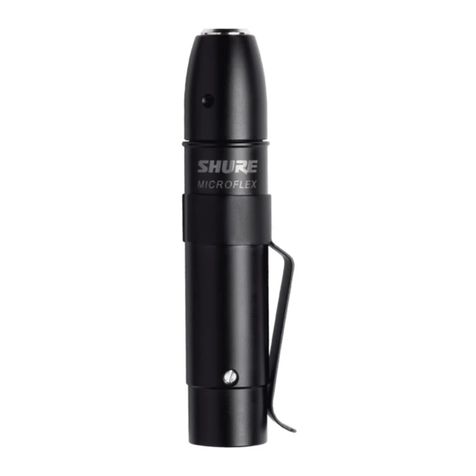
Shure
Shure RK100PK User manual

Shure
Shure RK183PK User manual

Shure
Shure SE20 User manual
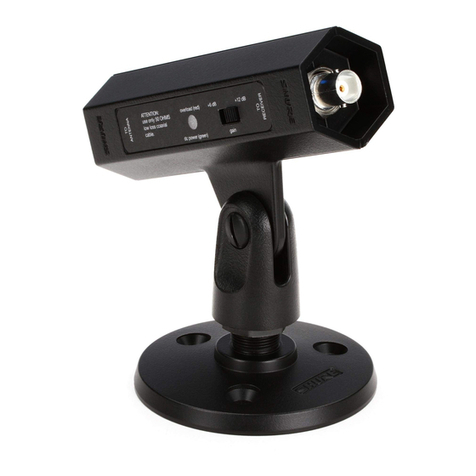
Shure
Shure UA834WB User manual

Shure
Shure SHA900 User manual

Shure
Shure UA844+ Series User manual
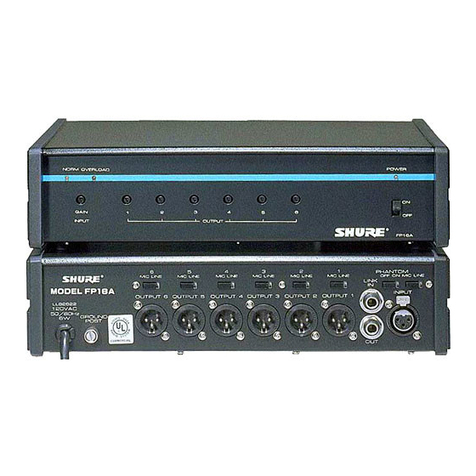
Shure
Shure FP16A User manual
